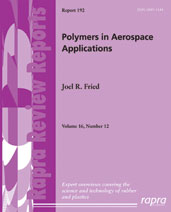Technical Paper
Finite Element Analysis of Graphene Based Solar Photonic Battery for Electric Vehicle
2023-09-14
2023-28-0021
These nanostructures of 1D, such as nanowires, nanotubes and nanorods, present great potential for enhancing photon absorption, electron transit, and electron collection in solar cells. Graphene is a 2D hexagonal lattice of carbon atoms that is atomically thin. The remarkable mechanical properties of graphene are due to its structure, in which each carbon atom shares three of its four electrons in covalent bonds with its nearest neighbours (sp2 bonds). ...The remarkable mechanical properties of graphene are due to its structure, in which each carbon atom shares three of its four electrons in covalent bonds with its nearest neighbours (sp2 bonds). ...At the same time, the remaining fourth electrons are delocalized across the two-dimensional lattice in an orbital that accounts for the majority of the material’s optoelectronic capabilities. Also, Graphene is noted for having mobility that exceeds that of good metals. Furthermore, since a number of solution-based techniques, such as simple spin coating, may be used to create thin films of graphene a range of compositions can be created utilising low-cost, straightforward, and large-scale processes.






